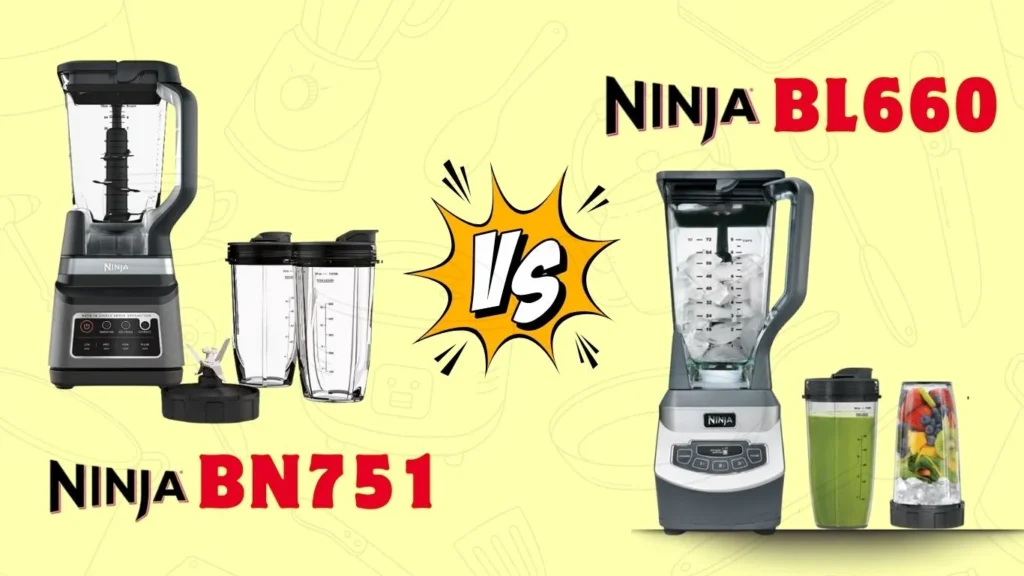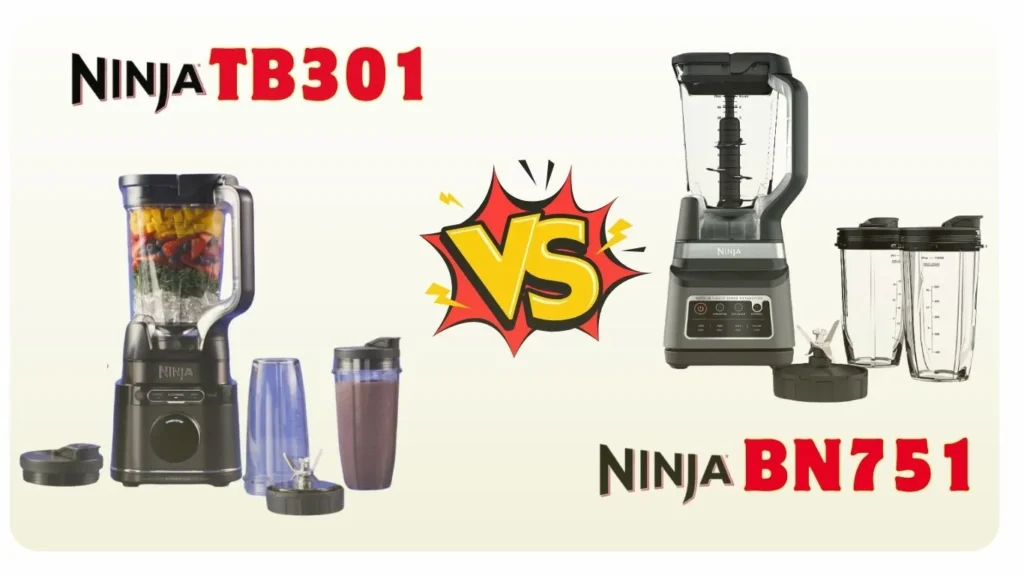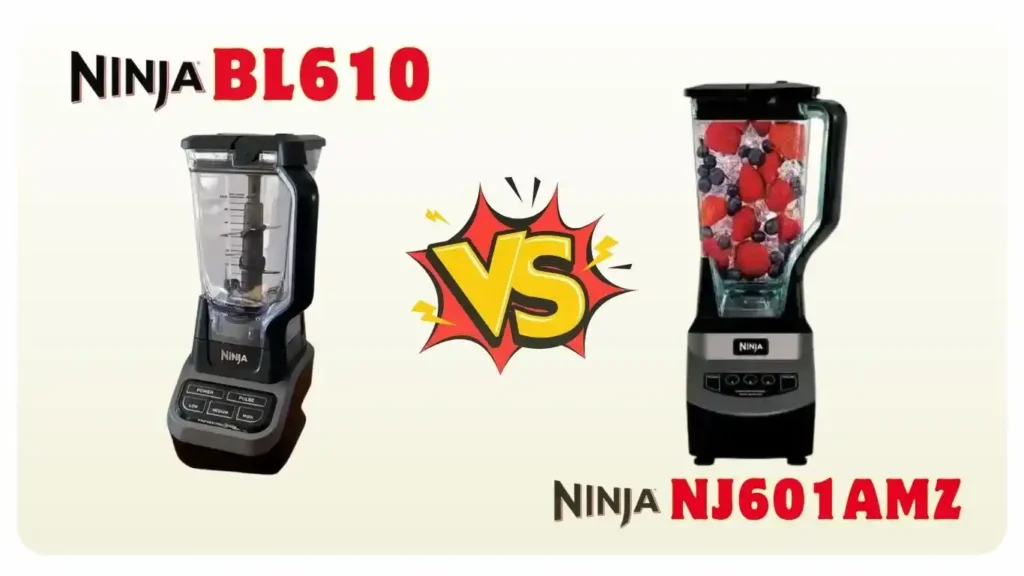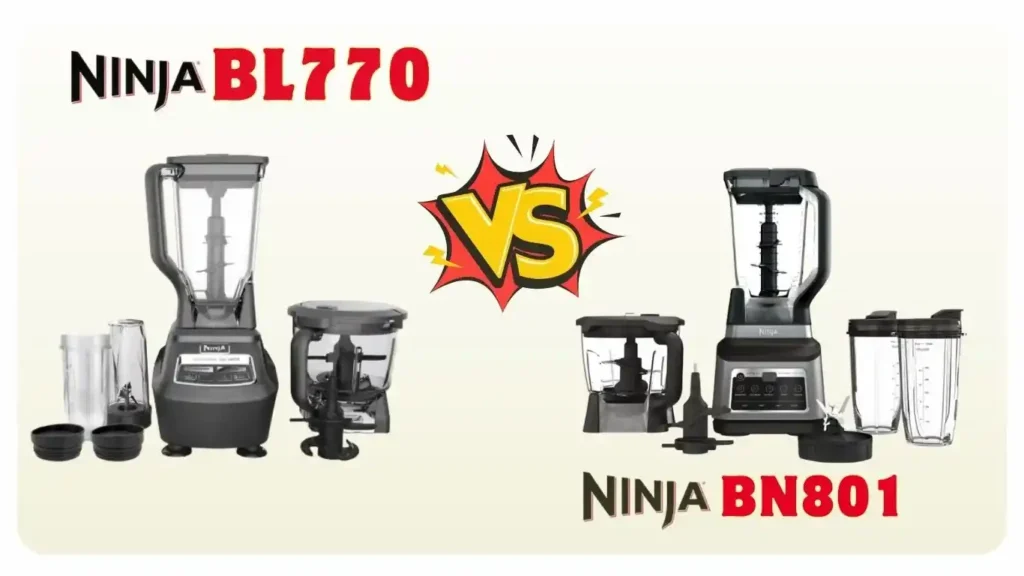When you use a blender, safety should always come first. Whether you’re whipping up a smoothie or preparing a sauce, knowing the safety features of your blender can protect you from accidents and keep your kitchen running smoothly.
Have you ever wondered how your blender prevents spills, avoids overheating, or stops itself if something isn’t quite right? Understanding these features isn’t just smart—it can save you time, money, and even injury. You’ll discover the key safety elements built into blenders and learn how they work to keep you safe every time you blend.
Keep reading to make sure you get the most out of your blender without any risks.
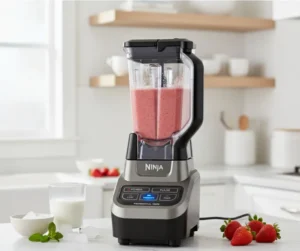
Top Safety Features of a Blender
Blenders are useful kitchen tools that mix, chop, and blend ingredients quickly. Safety is very important while using them. Key safety features keep users safe and protect the blender from damage. These features help prevent accidents and make blending easier and safer for everyone.
Overheat Protection
Overheat protection stops the blender if the motor gets too hot. This feature prevents damage and possible fire risks. It allows the blender to cool down before restarting. Overheat protection extends the blender’s life and keeps users safe.
Non-Slip Base
A non-slip base holds the blender steady during use. It stops the blender from sliding or tipping over on the counter. This feature reduces the chance of spills and accidents. It ensures a safer and more stable blending experience.
Safety Interlock System
The safety interlock system prevents the blender from running unless the jar is locked in place. This stops the blades from spinning when the jar is loose or missing. It protects users from injury and avoids spills during blending.
Durable Stainless-Steel Blades
Durable blades cut ingredients efficiently without breaking. Strong blades reduce the risk of damage from hard items like ice or nuts. They stay sharp longer and keep the blender working safely and effectively.
Secure Lid Locks
Secure lid locks keep the lid firmly on the blender jar. This feature prevents the lid from coming off during blending. It stops ingredients from splashing out and causing messes or burns.
Overload Protection
Overload protection stops the blender if too much is added or if it gets jammed. This feature protects the motor from damage. It helps avoid breakdowns and keeps the blender safe to use.
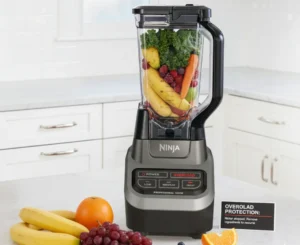
Expert Tips for Safe Blender Operation
Operating a blender safely reduces the risk of accidents and injuries. Follow these simple tips to ensure safe blender use. Safety starts with knowing the right steps before, during, and after blending. These guidelines help protect your hands, prevent damage, and keep your kitchen safe.
Never Insert Utensils While the Blender Is Running
Never insert spoons or forks into the blender while it is running. Utensils can get caught in the blades, causing damage or injury. Always stop the blender before stirring or scraping the sides.
Always Unplug Before Cleaning
Always unplug the blender before cleaning it. This prevents accidental starts that can cause cuts. Handle all parts carefully and keep the cord away from water.
Handle Blender Blades Carefully
Blades are sharp and can cut skin easily. Remove blades with caution and clean them using a brush or sponge. Store blades safely out of reach of children.
Use Only Manufacturer-Approved Attachments
Use only the attachments designed for your blender model. Other parts may not fit properly and could cause malfunctions. Follow the manufacturer’s instructions for each accessory.
Always Blend With the Lid Securely in Place
Always secure the lid before starting the blender. This stops ingredients from spilling out. A tight lid also prevents accidents caused by flying debris or splashes.
How to Maintain Blender Safety: Easy Steps for Long-Lasting Performance
Maintaining blender safety protects you and extends your blender’s life. Simple checks and habits reduce risks and keep the appliance working well.
Follow these easy steps to maintain your blender safely and avoid accidents or damage.
Inspect Power Cords Regularly
Check the power cord often for cuts or frays. A damaged cord can cause electric shocks or fire. Replace any worn cords immediately. Never use a blender with exposed wires.
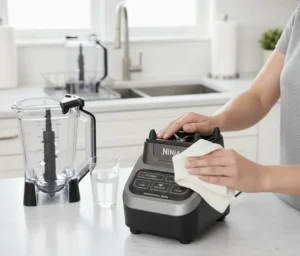
Clean Without Immersing Motor
Do not put the blender base in water. Use a damp cloth to clean the motor part. Moisture can damage electrical parts and cause short circuits. Keep the motor dry to ensure safe use.
Store Blades Safely
Blades are sharp and dangerous if left loose. Store them in a safe place away from children. Use blade covers or keep them in a container to avoid cuts.
Check for Cracks or Wear Before Each Use
Look over all blender parts regularly. Cracks or loose parts can cause leaks or injuries. Replace worn parts to keep the blender safe and working properly.
How to Choose a Safe Blender: Expert Buying Tips for Home Users
Choosing a safe blender is essential for every kitchen. A safe blender protects you from accidents and damage. It also lasts longer and works better. Focus on key safety features before buying. This helps you pick a blender that keeps you secure and comfortable.
Look For Safety Certifications
Safety certifications show a blender meets strict rules. These include UL, ETL, or CE marks. They mean the blender passed tests on electrical safety and materials. Choosing a certified blender reduces risks of shocks or fires. Always check for these marks on the product label or manual.
Assess Stability Features
A blender must stay steady during use. Look for a non-slip base made of rubber or silicone. This stops the blender from sliding on counters. Some blenders have suction cups for extra grip. Stability helps prevent spills and accidents. It also protects the motor from damage caused by shaking.
Consider Noise Levels
Blenders can be loud and disturbing. Lower noise levels make blending safer and more pleasant. Quiet blenders reduce stress and protect your hearing. Check product descriptions or reviews for noise information. Choose a model that balances power and quietness well.
Evaluate Ease Of Cleaning
Cleaning a blender should be simple and safe. Removable parts help you reach all areas easily. Dishwasher-safe containers save time and effort. Avoid blenders with hard-to-clean crevices that trap food. A clean blender prevents bacteria buildup and keeps your food fresh.
Common Blender Hazards To Avoid
Blenders are useful kitchen tools but can be dangerous if not used carefully. Many accidents happen because people ignore basic safety rules. Knowing common hazards helps you use your blender safely and avoid injuries. Simple mistakes can lead to spills, burns, or cuts. Stay alert and follow safety tips to protect yourself and others.
Overfilling The Jar
Filling the blender jar beyond its limit can cause spills and damage. Overfilling puts pressure on the lid, which may pop off during blending. This can lead to hot or sharp contents splashing out. Always check the maximum fill line before blending. Leave space for liquids to move freely inside the jar.
Blending Hot Liquids
Blending hot liquids can cause steam build-up inside the jar. This creates pressure that can force the lid off suddenly. Hot spills may cause burns or scalds. Use a towel to cover the lid and start blending at low speed. Let hot liquids cool slightly before blending to reduce risks.
Operating On Unstable Surfaces
Using a blender on a shaky or uneven surface is dangerous. The blender may tip over during operation. This can cause injury or damage to the device. Always place your blender on a flat, stable countertop. Make sure the non-slip base is firmly in contact with the surface.
Ignoring Manufacturer Instructions
Each blender model has specific instructions for safe use. Ignoring these can lead to problems like motor damage or injury. Read the manual carefully before using the blender for the first time. Follow cleaning, usage, and maintenance guidelines strictly. This ensures your blender works well and lasts longer.
Blender Safety FAQs
What Are The Safety Features Of A Blender?
Blenders feature safety interlocks, overheat protection, non-slip bases, and secure lids to prevent accidents. Durable blades and automatic shut-off enhance safety. Always unplug before cleaning or handling blades.
What Are The Safety Precautions Of Blender?
Always unplug the blender before cleaning or handling blades. Avoid placing utensils inside while running. Use a secure lid and stable base. Check cords for damage regularly. Follow manufacturer instructions to prevent accidents and motor overheating.
What Are The Safety Features Of A Mixer?
Mixers feature bowl guards to prevent contact with moving parts. They include safety interlocks, overheat protection, and non-slip bases for stability. These features reduce injury risks like cuts or entanglement during operation.
What Are The Features Of A Blender?
A blender features sharp, durable blades, multiple speed settings, a secure lid, a non-slip base, and easy-to-clean parts. It often includes pulse mode and measurement markings for precision. Safety features may include overload protection and interlocking systems to prevent accidents during use.
What Are Common Safety Features Of A Blender?
Blenders often have overheat protection, non-slip bases, and safety interlock systems to prevent accidents.
Final Thoughts: Why Blender Safety Features Matter for Every Kitchen
Blenders with safety features protect users from accidents and injuries. Overheat protection stops the motor from burning out. Non-slip bases keep the blender steady during use. Safety locks ensure the blender runs only when the lid is secure. Always handle blades with care to avoid cuts.
Following safety tips helps prevent accidents at home. Choosing a blender with these features makes blending safer and easier. Stay safe, blend smart, and enjoy your kitchen tasks worry-free.

Hi, I’m Joshua Miller, a U.S.-based food lover, review writer, and Co-founder of KitchenWink.com. I hold a Bachelor of Science in Food Science and Culinary Technology, and for over five years I’ve been testing kitchen gadgets like air fryers, blenders, and other cooking tools.
I’m also a home cook, so every product I review is tried in real kitchens—not just in theory. My reviews are based on real results, simple fixes, and tips that anyone can use. With both formal training and hands-on testing, I make sure my advice is clear, honest, and practical.
My goal is simple: to help home cooks choose the right tools and make cooking easier every day.

